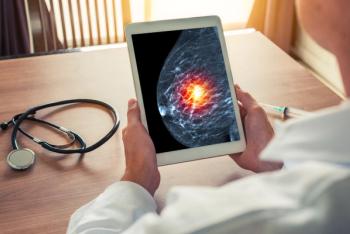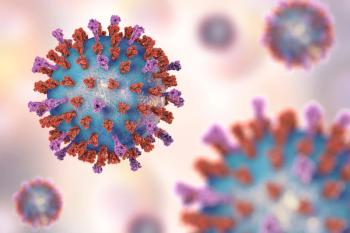
Using Store-and-Forward Teledermatology to Evaluate Potential Skin Cancers
Pharmacists’ vast health care knowledge and community accessibility makes them ideal patient liaisons.
Telemedicine increases health care accessibility and convenience while preventing excessive gathering of patients in hospitals or other medical offices. The “store-and-forward” method involves the physician forwarding a patient’s clinical history and findings to a specialist, who reviews and responds with a report later. This system of health care communication was found to be useful to evaluate the incidence of nonmelanoma skin cancer (NMSC), NMSC precursors, and melanoma.
Pharmacists’ vast health care knowledge and community accessibility makes them ideal patient liaisons. A study published in the Journal of the American Pharmacists Association in September 2020 used a direct-to-consumer, store-and forward teledermatology with dermoscopy using the pharmacist as the patient’s point-of-contact.
The study investigated 218 patients and 225 lesions underwent teledermatology consultation between September 2018 and March 2020. Patients requested teleconsultations at their local pharmacies where pharmacists evaluated the lesions using specific exclusion criteria. The pharmacist obtained patients’ medical histories and pertinent information such as sun exposure pattern, perceived changes and symptoms, and lesion duration and location. They sent patient information and 2 or more photos taken with immersion dermoscopy to a team of dermatologists for review. Pharmacists contacted patients once they received dermatologists’ reports containing the diagnosis and recommendations.
Most lesions were benign (53.8%), while 16.4% were dubious, 23.1% were NMSC precursors, 5.8% were NMSC, and 0.9% were melanomas. Dermatologyrecommended in-person consultation for 53.8% of cases, at which time they subtracted the cost of telecommunication from the cost of the in-person consultation.
From the patient’s perspective, this health care model’s benefits exceed its drawbacks. Pharmacy point-of-contact is a more convenient way to identify potential melanoma as no appointment is required. The cost is also less expensive—approximately one third of the cost of a typical office visit. Accessible, affordable care translates to higher rates of melanoma diagnosis and better prognoses.
A disadvantage is that this model is inappropriate for some patients. Pharmacists may triage certain patients who have lesions they deem unsuitable for teledermatology, recommending in-person consultation. In these cases, dermatology credited the cost of telecommunication against the in-person consultation’s cost, so patients were not penalized.
A direct-to-consumer store-and-forward teledermatology with dermoscopy, with the pharmacist as the point-of-contact, is a practical method in diagnosing melanoma, NMSC, and NMSC precursors when supported by a strong team of dermatologists.
Sara L. Tolliday, PharmD, RPh is a full-time pharmacist at Wentworth-Douglass Hospital, Outpatient Pharmacy, Dover, New Hampshire.
REFERENCE
Mendonça FI, Lorente-Lavirgen A, Domínguez-Cruz J, et al. Direct-to-consumer, store-and-forward teledermatology with dermoscopy using the pharmacist as patient point-of-contact. J Am Pharm Assoc (2003). 2021 Jan-Feb;61(1):81-86. doi: 10.1016/j.japh.2020.09.012.
Newsletter
Stay informed on drug updates, treatment guidelines, and pharmacy practice trends—subscribe to Pharmacy Times for weekly clinical insights.




